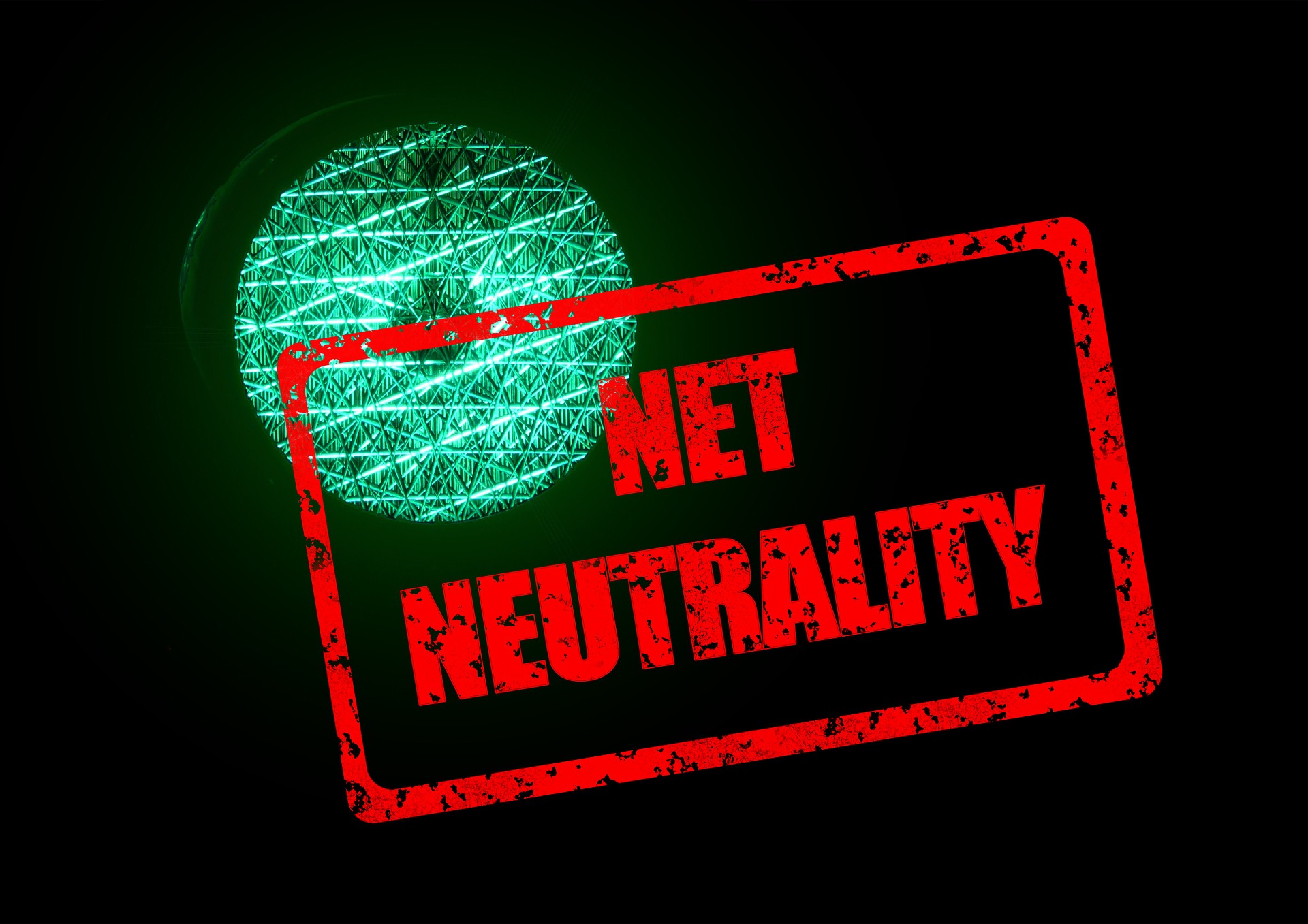Given that California has more than 33 million internet users, it is clear that the state loves its broadband access. And recent action from Washington, DC has the potential to make California’s online experience even better and inspire more innovation.
According to Broadband Now, California ranks 13th in the country for internet access. Broadband Search further explains that 99.8% of Californians have wireless access with 99.4% of the state having access to speeds of 10 Mbps or more via wired or wireless service. Further, cable broadband service is available to 94.3% of Californians, and fiber to 15.7%.
Late last month, the Federal Communications Commission (FCC) adopted a proposal to massively expand the spectrum bandwidth available for unlicensed Wi-Fi use in the 6GHz band. The extra spectrum, a five-fold increase of the raw material for communications technology, will spur the next generation of connectivity right at a time when the need is most obvious. Such connectivity will provide a platform for further advancements in remote health, education, socializing and work.
Spectrum is the invisible band of airwaves, similar to a rainbow’s band of colors if each color was a different frequency, over which communications of all sorts carry bits of information. Also, like colors in a rainbow, there is a limited supply of frequencies. Just as each color can blend in to the next, too much programming on the same spectrum can cause interference in a neighboring frequency, destroying its value.
As the name implies, unlicensed spectrum does not require a license from the FCC to allow operations in the band. Anyone is allowed to transmit within a certain limit of power, so long as they do not cause harmful interference to other operations and follow other FCC requirements. This light touch regulation has helped make unlicensed spectrum an “innovation sandbox” for testing new technologies. The result has been an innovation boon that has created additional wireless competition and provided the Wi-Fi relied on every day. And make no mistake, the country, like California, relies on broadband every day.
According to an OpenVault report, average broadband consumption in the first quarter of 2020 rose by 47% as compared to a year ago, a 17% rise over the fourth quarter of 2019. “Nearly all the growth in broadband usage we would have expected for 2020 has now been achieved in the first quarter, with much of it concentrated in the last two weeks of the quarter,” the report says. “The COVID-19 pandemic changed broadband usage patterns in substantial ways, perhaps permanently. Broadband operators will need to understand the implications of this shifting broadband usage behavior and plan their network performance capabilities accordingly.”
Given the shifting usage and the fact that no new mid-band unlicensed spectrum has been released in a decade, the currently available bands are reaching exhaustion and are becoming increasingly congested. While the provision of more spectrum is well timed, the 6GHz band does have some licensed users already operating in it.
Those currently operating should not be impeded or encumbered by interference with their use, even as new users are added. That is, those who have paid for a license should not have the property rights for which they paid be diminished. Protections must be guaranteed. One real advantage is that unlicensed operates as a second priority and must be shut down in the advent of interference in any band. Additionally, both FCC engineers and the National Telecommunications and Information Administration have a history of being competent in successfully facing the challenge of maximizing the use of spectrum.
The FCC continues on its laudable path of opening up more spectrum for 5G and Wi-Fi use, but the growing needs of the country make clear that the job is far from over. A real plan for further desirable spectrum should be made clear. The “spectrum pipeline” needs to be continuously filled with both unlicensed and licensed uses to meet the ever-increasing demand by consumers. Thoughtful leadership now and in the future is necessary to provide the materials for the 5G experience in our homes and businesses, as well as in urban and rural communities alike, to grow and continue.
Bartlett Cleland is a senior fellow in tech and innovation at the Pacific Research Institute.

